How to fertilize street flowers for abundant flowering?
Regular application of fertilizer for flowers helps to strengthen the immunity of plants, high-quality flowering, rich color of petals. Top dressing begins to be used at the stage of growing seedlings. Both industrial preparations and folk remedies can be considered as fertilizers for garden plants. Top dressing can be combined alternating between each other.
When and how to feed flower seedlings?
Top dressing of seedlings gives seedlings a stimulus for growth, helps to adapt faster in the soil after transplanting, and promotes the formation of buds. You need to start feeding the plants after the pick, when the bushes reach a height of 10-15 cm.
Before fertilizing, the soil must be watered with plain water so that the roots do not get burned.
iframe width = "600 ″ height =" 408 ″ src = "https://www.youtube.com/embed/xX2iI5jFpqM" frameborder = "0 ″ allow =" accelerometer; autoplay; encrypted-media; gyroscope; picture-in-picture "allowfullscreen>
According to the schedule, home feeding of flower seedlings is carried out three times:
- The first time the plants are saturated with nitrogen a week after picking, using 1 g of ammonium nitrate per 1 liter of water.
- After 1.5–2 weeks, a second feeding is carried out, for this, 2 g of urea are diluted in 1 liter of water.
- After another 2 weeks, a third feeding with potassium monophosphate is carried out, adding 10 g of the drug per 1 liter of water.
In addition, you can apply complex mineral fertilizers for flowering plants, for example, "Kemira Lux", "Flower". The working solution is prepared according to the instructions given by the manufacturer.
Top dressing of garden flowers in the ground
Street flowers are grown to admire their bloom. Soil for plants is fertilized even before planting, introducing organic and mineral fertilizers for digging (3-4 kg of compost and 50 g of superphosphate per 1 sq. M). After the seedlings are planted in the flower bed, no fertilizer is applied. Plants will have enough nutrients that are already in the soil. In addition, during the period of adaptation, flowers cannot fully assimilate mineral elements.
The feeding scheme depends on which plants it is applied to. Annuals need to be fertilized 2 weeks after planting in the ground, then they are fed in July, during the period of bud formation. Fertilizers are applied under perennial flowers:
- in the spring at the beginning of growth;
- during the period of bud formation;
- in autumn after flowering.
Autumn dressing allows you to restore soil fertility, contribute to the laying of flower buds. In the spring, fertilizer for garden perennials is applied when it is warm enough (late April - early May). In cold soil, nutrients are not absorbed by the roots.
Types of industrial mineral fertilizers
Mineral fertilizers saturate the soil with the elements essential for the development of flowers. According to their composition, they are divided into 3 types:
- Nitrogen fertilizers (ammonium sulfate, ammonium chloride, sodium, calcium and ammonium nitrate, urea). Nitrogen preparations are applied at the beginning of the growing season during the period of active plant growth. They must be used strictly according to the instructions, an excess of nitrogenous compounds in the soil will cause a rapid growth of green mass to the detriment of flowering.
- Phosphate fertilizers (single and double superphosphate, phosphate rock). Phosphorus-based fertilizers are characterized by slow penetration into the soil.Phosphorus is especially necessary for plants for long and abundant flowering. Superphosphate can be added at any time of the year.
- Potash fertilizers (potassium sulfate, potassium chloride, potassium magnesium). The preparations are available in the form of powder or small crystals, are perfectly absorbed by flower crops, easily dissolve in water, and are compatible with other chemicals. Potash fertilization is especially necessary for plants in autumn, as it helps to prepare for winter, it is easier to endure the influence of external adverse factors.
Liquid dressings for flowers are absorbed better than granules, therefore mineral mixtures are usually used to prepare solutions. Many manufacturers produce specialized complexes for flowering plants. For example, "Flower Forte", "Cozy Garden", Florovit. There are also special fertilizers for a specific plant species (roses, hydrangea, lilies).
Fujima, a Japanese flower fertilizer, has recently become popular. The complex is produced in a series and differs in the composition and color of the bottles. Its use, according to gardeners, helps to revive even dying plants. Fujima also promotes extraordinarily lush flowering.
Other fertilizers for flower crops
In addition to agrochemicals, flowers can be fertilized with other fertilizing. For this purpose, organic fertilizers, ash, dolomite flour are used.
Organics have a natural composition, so they are often used by gardeners. For feeding flowers are used:
- Humus. It is brought in 2 weeks after transplanting. Mullein is bred in a ratio of 1:10 and allowed to brew for 4–5 days, then the infusion is used for watering. This fertilizer is most suitable for sandy and sandy loam soils. In the fall, humus is brought in for digging the soil.
- Bird droppings. The solution is prepared from 10 liters of water and 1 liter of organic matter. The mixture is infused in a warm room for 3 days. It is introduced once a year into a well-watered land.
Organics are used only for root dressing. Florists need to know how to fertilize a particular crop. Roses love organic fertilizers. It will not hurt rose bushes to introduce mullein or bird droppings 3-4 times a year. On the contrary, this type of dressing is not suitable for asters, nasturtiums, marigolds - the plants stop blooming, they begin to hurt.
Wood ash as a fertilizer perfectly saturates the soil with phosphorus, potassium and magnesium, additionally deacidifies the soil. For spring feeding, the ash is applied together with nitrogen fertilizers, and in the fall as an independent feeding. Ashes are laid in the holes just before planting seedlings (a handful each). You can make top dressing in the form of infusion (300 g of ash per 10 liters of water, leave for 2-3 days).
Dolomite flour looks like a gray, white or red powder. It is introduced to improve the composition of the soil once every 2-3 years at the rate of 200 g per 1 sq. meter. The substance reduces the level of acidity, inhibits the growth of pathogenic microflora, promotes the growth of new roots, stems and leaves, prolonged flowering, and has an insecticidal effect.
How to make fertilizer for flowers yourself?
Various folk remedies are often used as a top dressing for garden flowers. Their advantage is efficiency, environmental friendliness and harmlessness. Folk fertilizers do not require jewelry precision in adherence to dosages. Many people note the positive effect of using such formulations.
Banana peel flower fertilizer
Banana peels can only be called waste. In fact, the shell of the fruit contains many minerals and may well become a top dressing for garden and indoor plants.
Banana peel contains:
- phosphorus;
- potassium;
- magnesium;
- iron;
- sodium;
- manganese;
- zinc.
The peel contains up to 30% vegetable fiber, tannins. Plant tissue contains minerals in a form that plants can easily absorb.Fertilizer brings undeniable benefits to garden flowers and costs almost nothing. Top dressing contributes to the rapid growth of plants, strengthening their roots, prolonging the flowering stage, and improving the quality of the soil.
Making a banana peel fertilizer is easy. For flowers, an aqueous infusion is more suitable:
- First, 5–7 banana skins must be rinsed with boiling water.
- It is also necessary to pour over boiling water in a container in which the fertilizer will be prepared.
- The skins are placed in a bowl, then poured with hot water at a temperature of 60 ° C, tightly closed with a lid.
The banana fertilizer will take a month to prepare. Before use, the resulting extract is filtered, diluted with water in a ratio of 1: 3 and used for watering plants. This top dressing is most effective during the period of bud formation.
You can compost a dozen banana skins, a bucket of black soil, and EM fertilizers. Mix the ingredients and cover the bucket with a lid. The compost will be ready in a month. It can be placed in holes before planting flower seedlings or used as mulch.
Feeding with yeast and hydrogen peroxide
Good results can be obtained by feeding street flowers with yeast and hydrogen peroxide. Peroxide is used as a fertilizer at the rate of 10 ml per 1 liter of water. At this dosage, the solution is not capable of harming the plants and can be used regularly.
With more rare watering, the concentration is increased to 20–25 ml of peroxide per 1 liter of water.
The action of the composition:
- destroys pathogenic microorganisms on plant roots;
- helps to fight root rot;
- saturates the soil with oxygen.
When flowers are sprayed with peroxide, the leaves acquire a bright emerald color, the plants become stronger. You can apply the composition to the leaves every week, it is harmless.
Yeast has a healing effect on plants, improves the composition of soil microflora, accelerates the decomposition of organic matter. For the preparation of top dressing, raw and dry baker's yeast is used.
The solution can be prepared according to one of the following recipes:
- Put a chopped pack of fresh yeast weighing 100 g in a bucket and pour 10 liters of warm water. After the composition is infused for 24 hours, it is used to water the plants.
- When using granulated yeast, sugar is added to the solution. Fertilizer is prepared from 10 g of yeast granules, 10 l of water and 2 tbsp. l. Sahara. The components are thoroughly mixed, the mixture is allowed to brew for 3 hours. Then the resulting concentrate is used for feeding, diluting before use with water in a ratio of 1: 5.
It is important to remember that yeasts only "work" in a warm environment. Bringing them in during cool weather is useless.
Garden flowers can grow without fertilizing, but whether they will bloom in this case and what the quality of their flowering will be is a big question. It is better not to carry out dubious experiments and still use fertilizers at all stages of growth of ornamental crops.
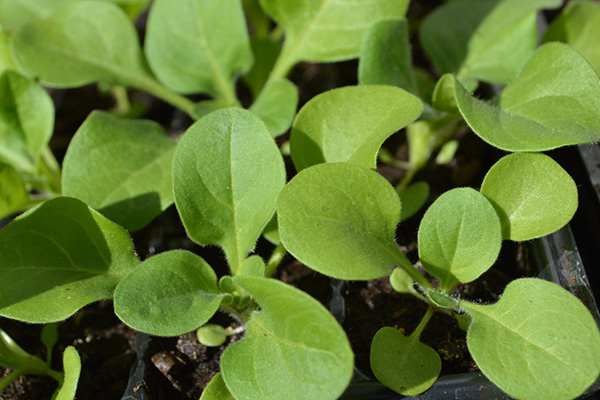
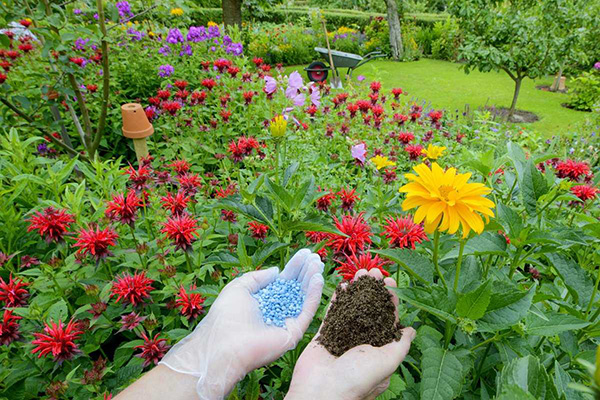
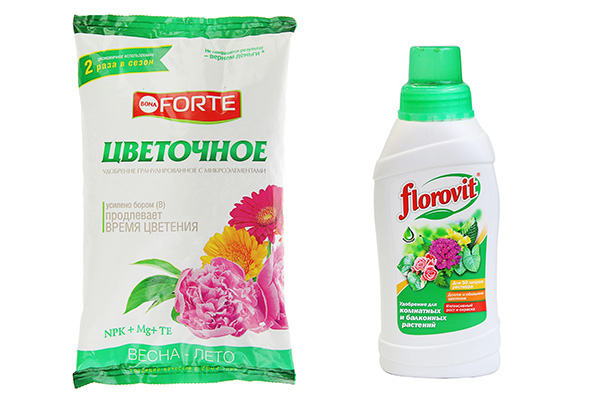
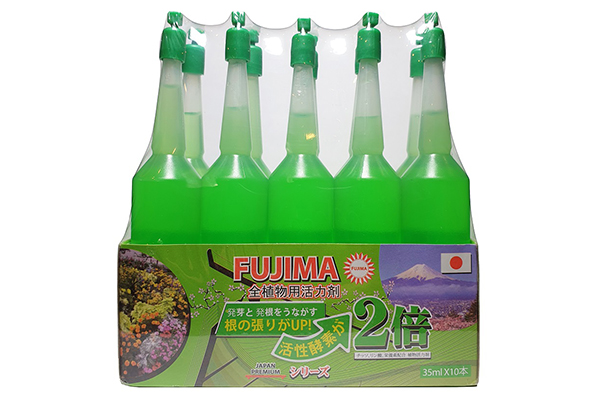
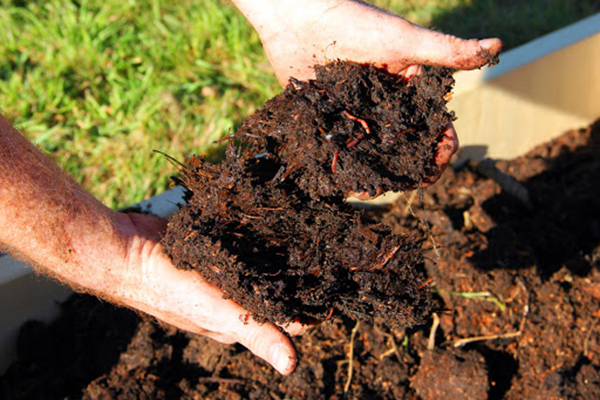
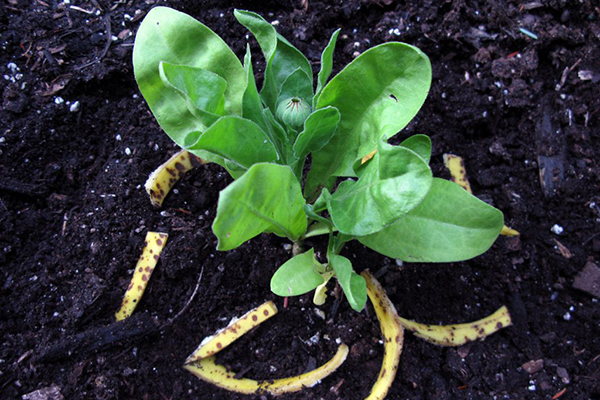
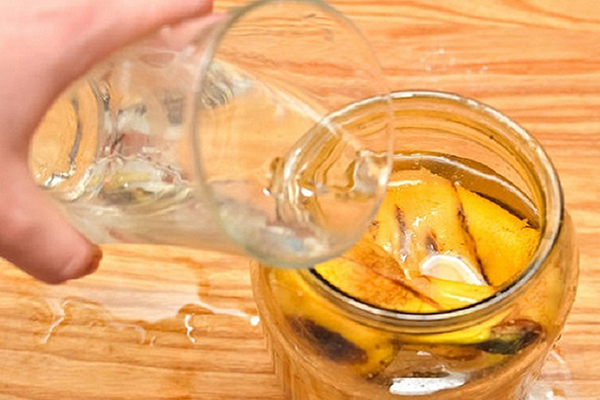
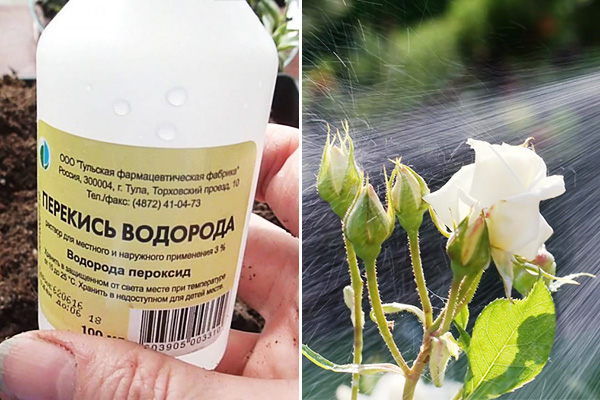
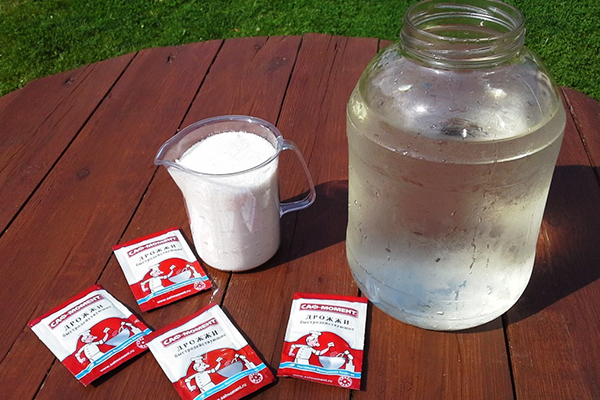
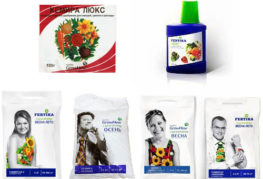
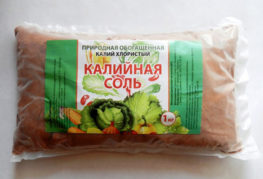
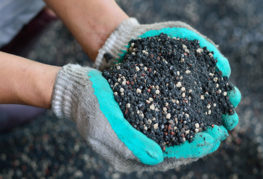
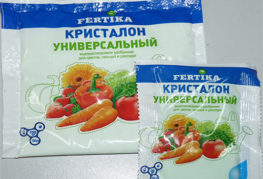
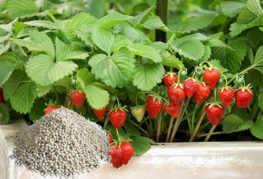
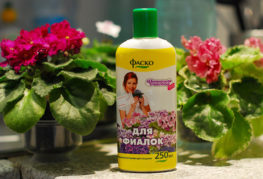
and will be published shortly.